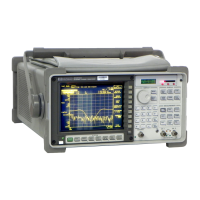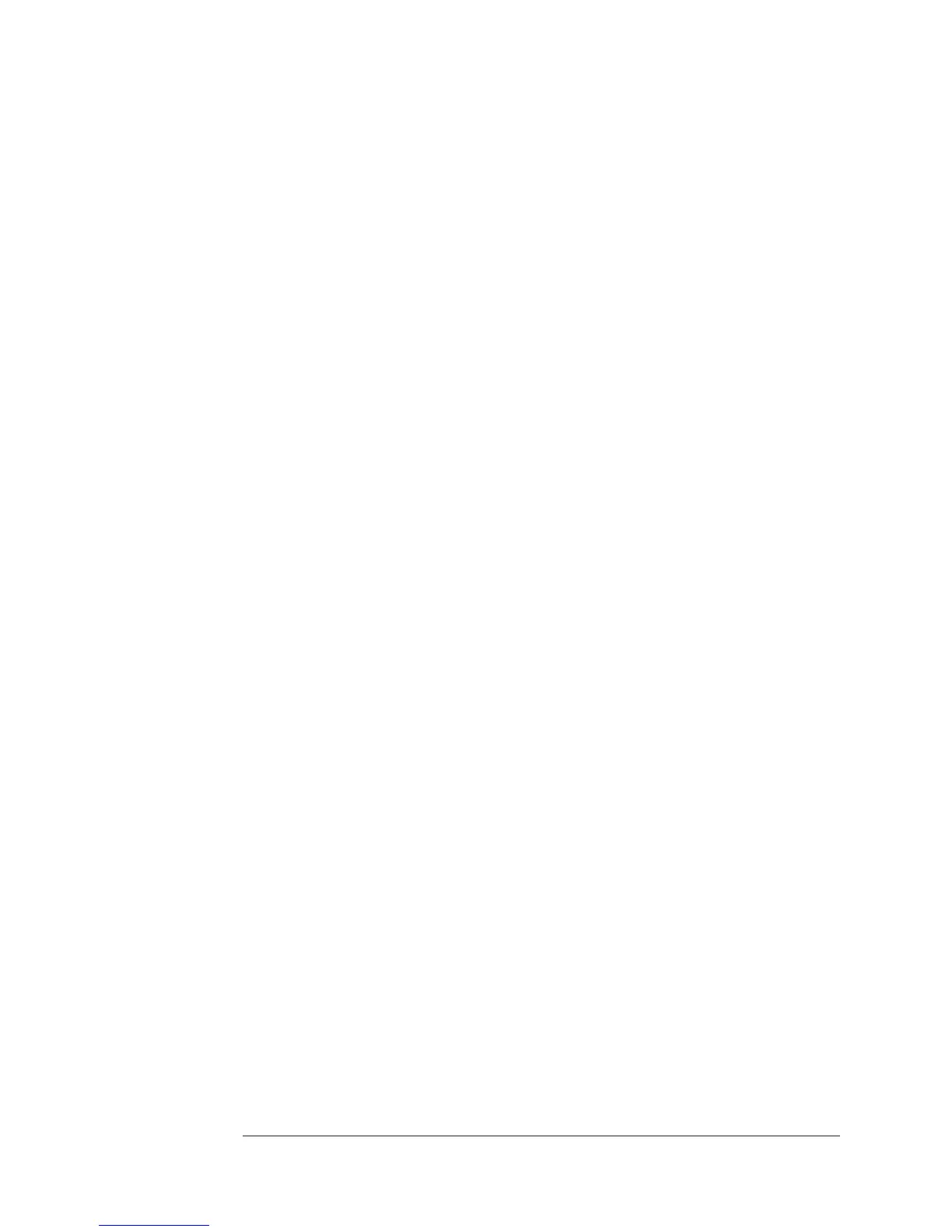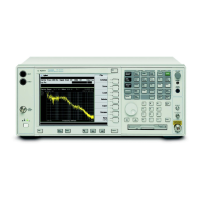Fixed Order Mode
Fixed Order Theory
The fundamental component of the curve-fit feature is a non-iterative
least-squares complex data fitter. In fixed order, the number of zeros and poles
specified under the [
CURVE FIT SETUP
] menu define the numerator and the
denominator order for the complex data fitter. Unlike max-order mode,
different numerator and denominator orders are not used in an attempt to find
an accurate fit. Fixed order allows you to manually experiment with different
orders. You can trade-off model complexity (orders) for accuracy. Higher
order models can be more accurate.
Very accurate frequency response matches between the measurement and the
curve-fit model are only possible when the order of the curve-fit model is
greater than—or equal to—the order of the measured system. Measurement
errors from noise and distortion make accurate curve fitting more difficult.
Thus, fixed order lets you control the curve-fit model’s order when max order
has difficulty finding a satisfactory model.
The complex data fitter is deterministic in nature. Therefore, if you repeat a
curve fit in fixed order—using the same data and setup parameters—you will
obtain the same answer.
Fixed Order Operation
After initial pole-zero estimates are completed, the complex data fitter uses
your system order to find a pole-zero curve-fit model with a frequency
response that matches—as closely as possible, in a least-squares sense—the
measured frequency response. Since no search for an optimal order is
performed, this operation is quite short. The two status lines at the top of the
display briefly indicate “fit running” and the current order selection.
When the fit is complete, a synthesis of the curve-fit model appears in Trace B.
The status line returns to its idle state.
Agilent 35607A
Curve Fit Option 1D3 Operator's Guide
16-6

